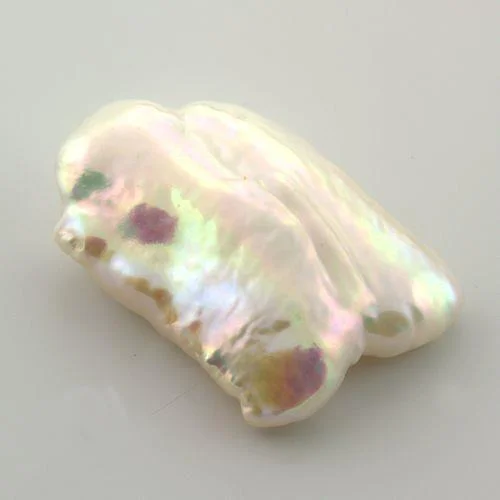Pearls: Nature’s Lustrous Legacy
Introduction
Pearls, with their timeless allure, have been cherished longer than any other gemstone in recorded history. Their formation process is as intriguing as their beauty. Unique among gems, pearls are birthed within living organisms, specifically oysters or mollusks. When an external substance, often a parasite, infiltrates the mollusk and irritates its soft mantle tissue, the organism responds by creating a pearl sac. This sac secretes nacre, a crystalline substance that also lines the mollusk’s shell. Over time, layers of nacre envelop the irritant, culminating in the creation of a pearl. Natural pearls, especially the perfectly round ones, are exceedingly rare, making them a prized possession.
Cultured Pearls: A Revolution in Pearl Production
The early 20th century witnessed a groundbreaking development in pearl production, thanks to Japanese innovators. They introduced a method of artificially inducing pearl formation by inserting a nucleus into the mollusk’s tissues and then returning it to its natural habitat. While these pearls form naturally post-insertion, they’re termed “cultured pearls” due to the human intervention in their inception. Kokichi Mikimoto, in particular, is celebrated for refining a technique to produce spherical pearls in akoya mollusks, securing a patent for this method in 1916. This technique has since evolved and is now employed in producing freshwater, Tahitian, and South Sea pearls. While natural pearls remain a rare and costly treasure, cultured pearls offer an equally exquisite yet more accessible alternative.
Origins
Pearls are the beautiful byproducts of oysters and mollusks.
Properties and Enhancements
With a hardness of 2.5 – 4.5 on the Mohs scale, pearls are delicate and prone to scratches. They require gentle handling and careful storage.
To diversify their appearance, pearls can undergo dyeing processes to alter their hue.
While there’s no laboratory equivalent of a pearl, cultured pearls serve as a close natural alternative. They grow in similar conditions as their natural counterparts, with the primary difference being human intervention in initiating their formation.
Simulated pearls also exist, crafted from materials ranging from coated glass to plastic, offering an aesthetic semblance to genuine pearls without their organic origin.








